It’s been a busy few weeks for Co-op Wholesale, or for many grocery observers the artist formerly known as Nisa.
It was given its new moniker at the end of March while at the same time Katie Secretan was promoted to MD, a role that had been vacated by Peter Batt just before Christmas.
The changes were confirmed just days after it emerged Nisa was no longer in negotiations with Bestway to continue supplying its symbol group Costcutter next year.
The following week, as part of Co-op’s overall annual results, the society confirmed its wholesale revenue for the year to 4 January fell 5.5% to £1.4bn, while it made a loss of £1m compared with a £14m profit the previous year. Co-op MD for B2B and growth Jerome Saint-Marc said at the time the sales fall was linked to its previous investment into pricing for its retail partners.
“Last year, we focused on starting to lay the foundation for future growth opportunities across the division,” he said. “While the conditions in the wholesale market have been challenging, we have continued to proactively support partners with significant price investments.”
Co-op Wholesale’s price investment
Interestingly, having linked the challenging performance to its investment in price, we had the news on Friday that Co-op Wholesale was investing a further £800,000 in a bid to lower the prices of its key own-brand lines for its wholesale customers.
Based on the previous year’s performance, you might be forgiven for thinking this could be a case of spending good money after bad – but it is probably more about finding the right price point for its retail partners, for whom price is absolutely king.
Yes, they are keen to offer a good range of quality own-brand products. But most welcomed by the 92% of its wholesale customers who are currently shopping – and crucially, selling – Co-op’s own brand will be keener pricing on a wider range of 100 everyday essential own-brand products, instead of the previous 50.
Trouble in wholesale
The wider point is that wholesale is incredibly challenging right now. The price moves by Co-op may have led to sales falls, but according to Saint-Marc it was vital in helping Nisa retain its slice of the pie.
“Pleasingly, despite the tough markets where the broader sector saw a decline in volume of 6.7% across symbols and independents, we held Nisa market share at 11.9%,” he added, describing what appears to be a business running to stand still.
But is far from alone out there. Last week even Tesco had to admit things were not going swimmingly at its mighty Booker Wholesale arm, with sales down 1.8% in the last financial year.
Tesco put the sales decline down to falling tobacco sales and weaker performance through its Best Food Logistics arm. However its sales fell despite adding a net 566 retailers to its grocery customer base, again suggesting retailers, and convenience retailers in particular, are continuing to struggle for growth.
Speaking to many wholesalers and buying groups so far this year, it seems clear that is due to the disparity in price between traditional c-store operators and not only the major supermarkets but the discounters in particular.
Booker’s results therefore show the importance of winning new business, and for Co-op more attractive pricing has got to be the key to attracting new customers, such as today’s announcement of a new tie-up with Roadchef. So the strategy seems sound enough, but the big worry has to be the future of the Costcutter deal – in a declining market, replacing that kind of scale will take some doing.








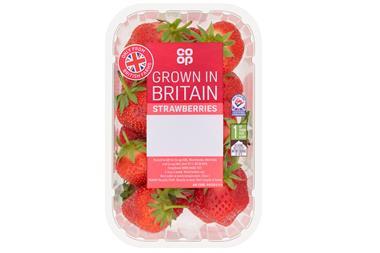
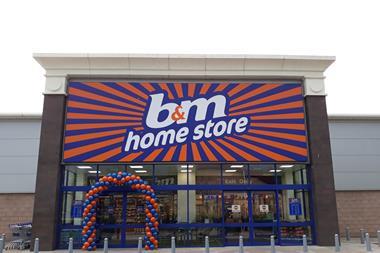

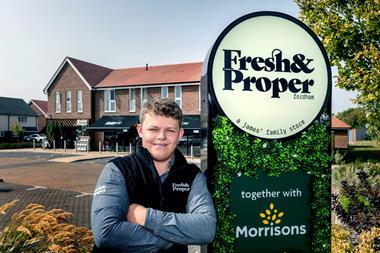
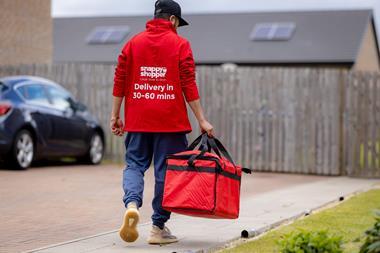
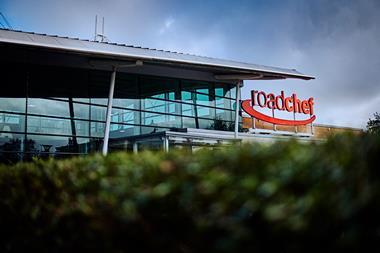
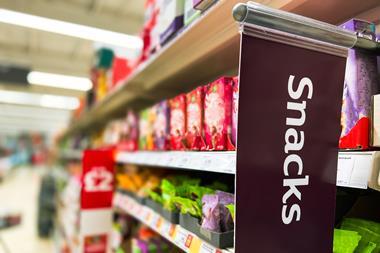


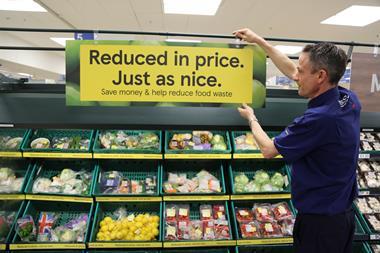

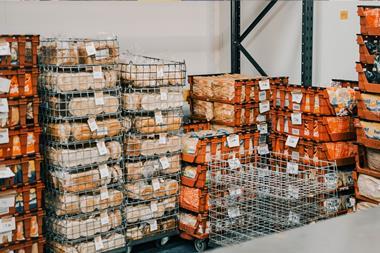
No comments yet